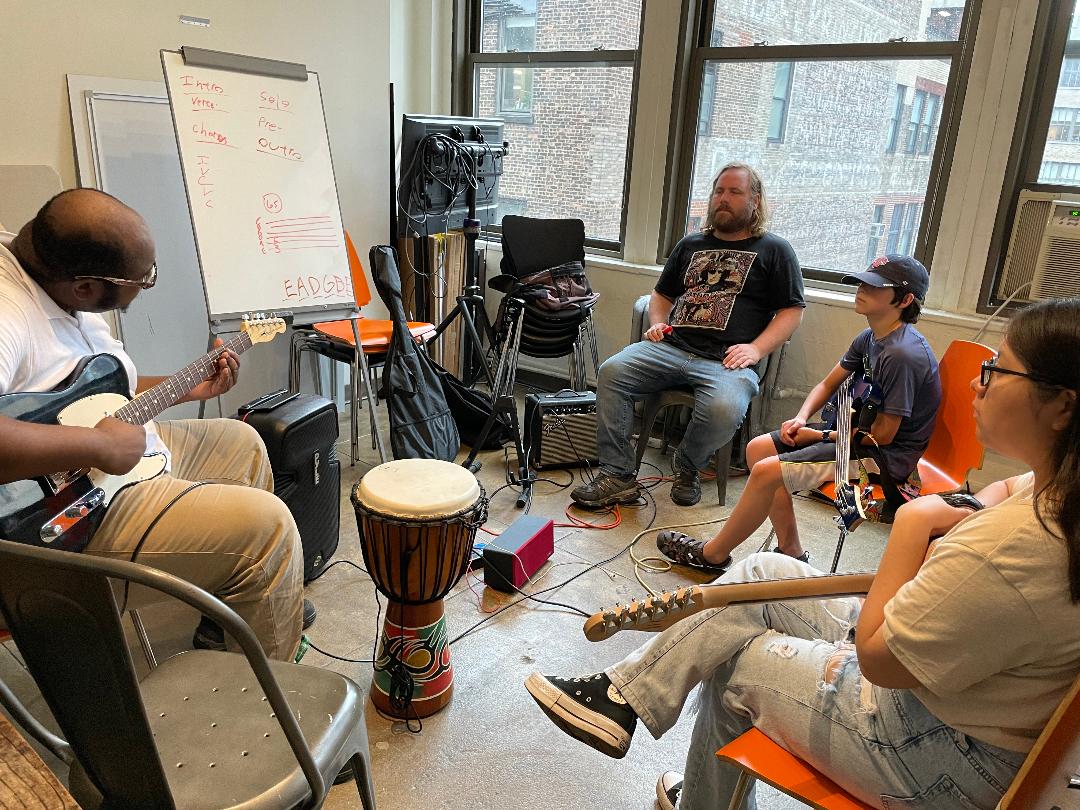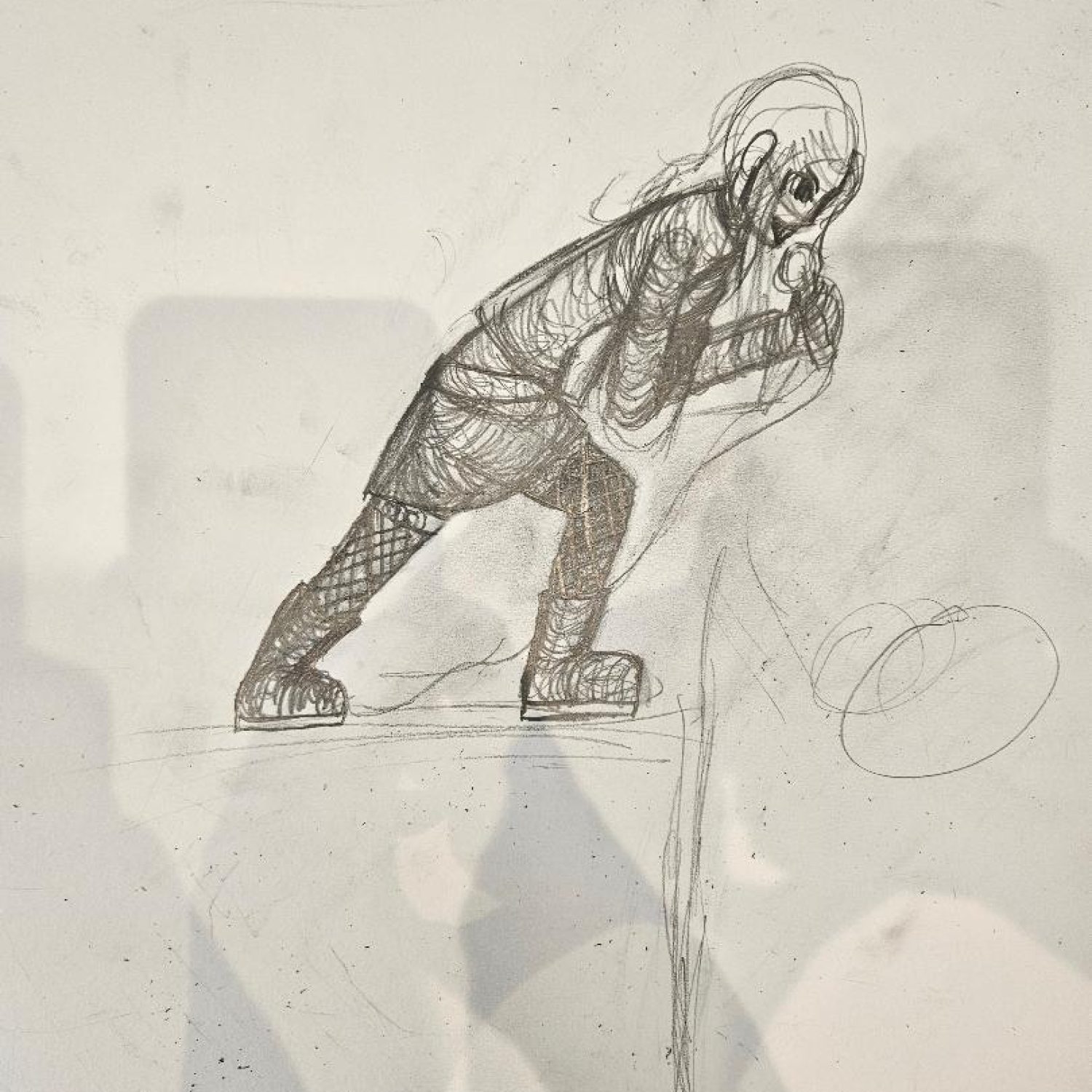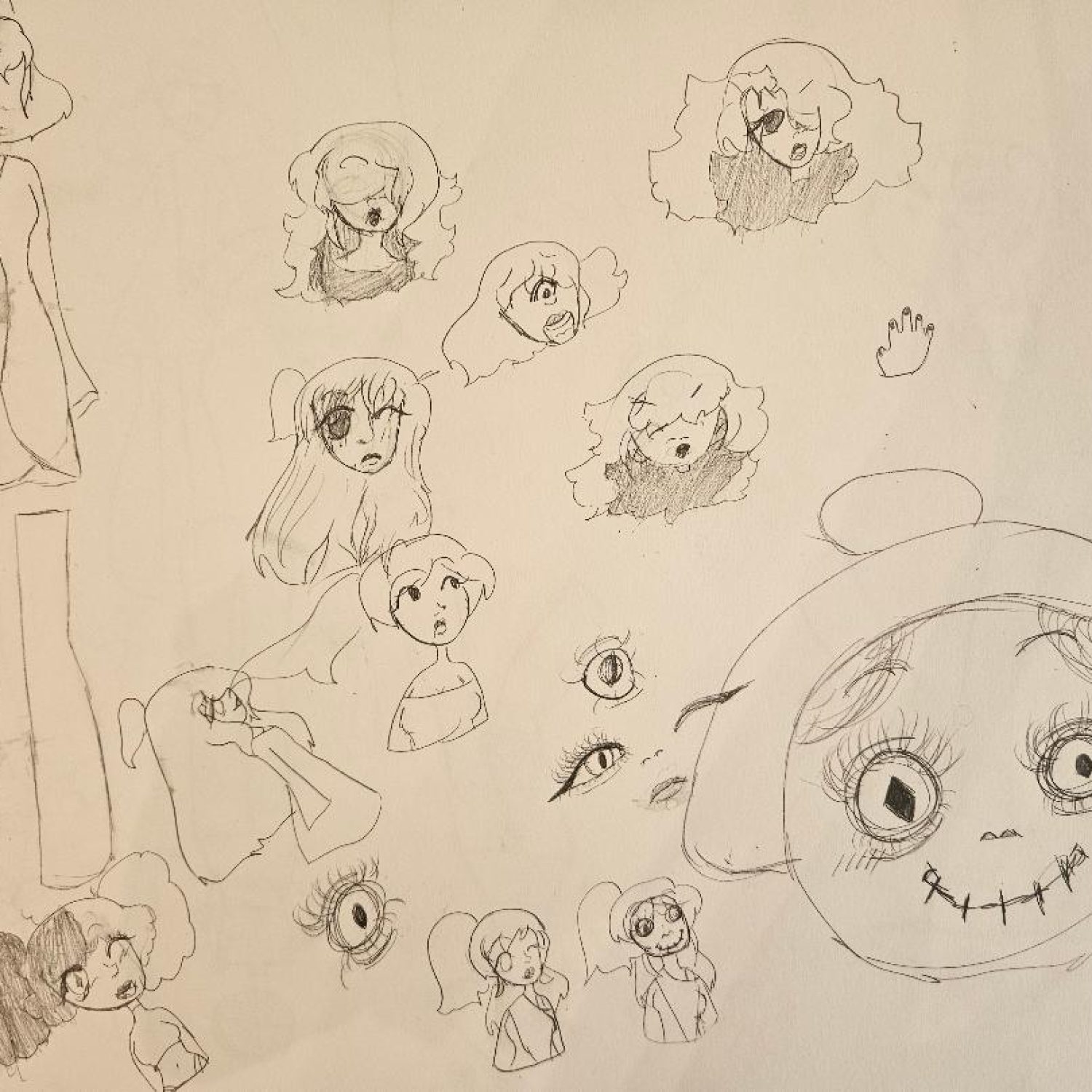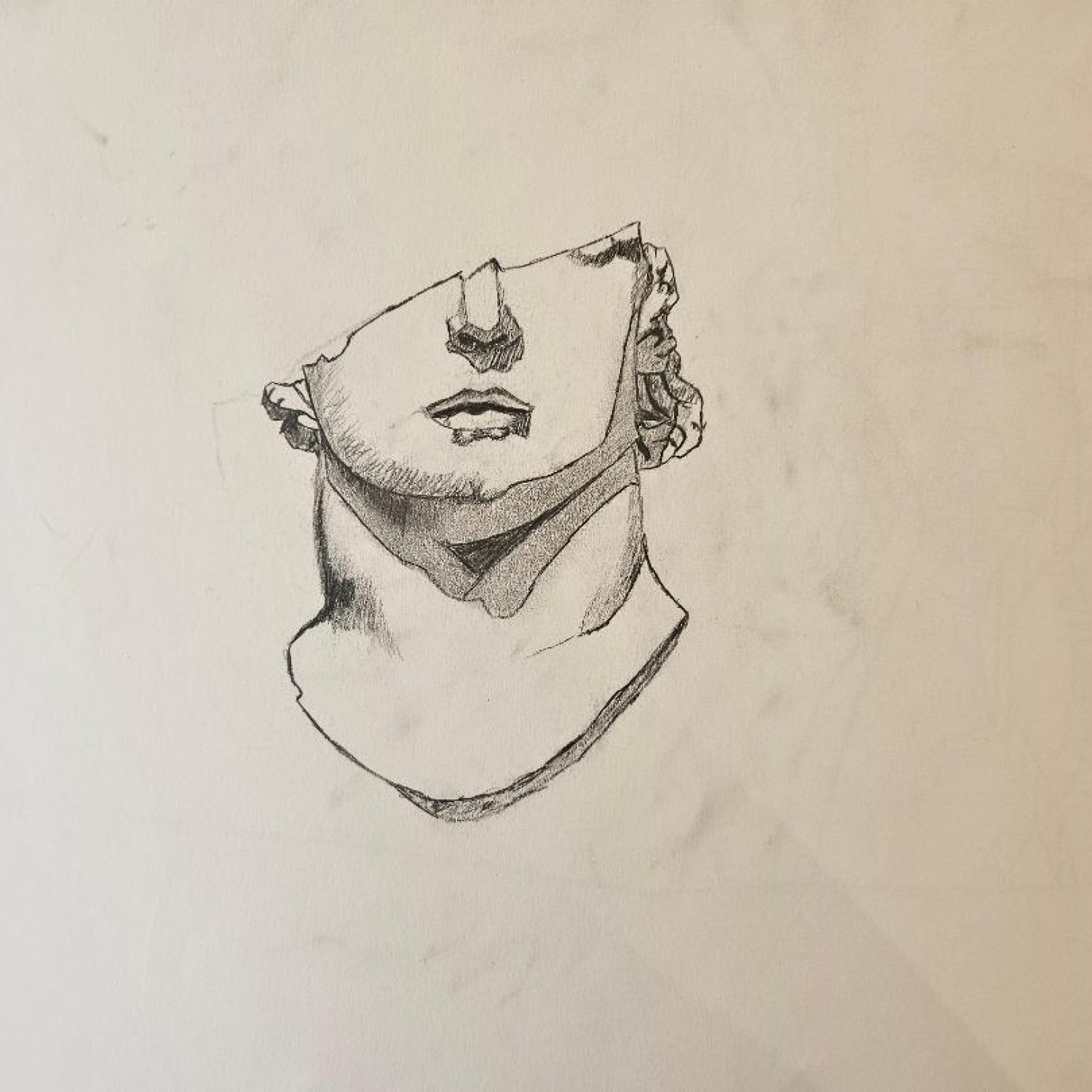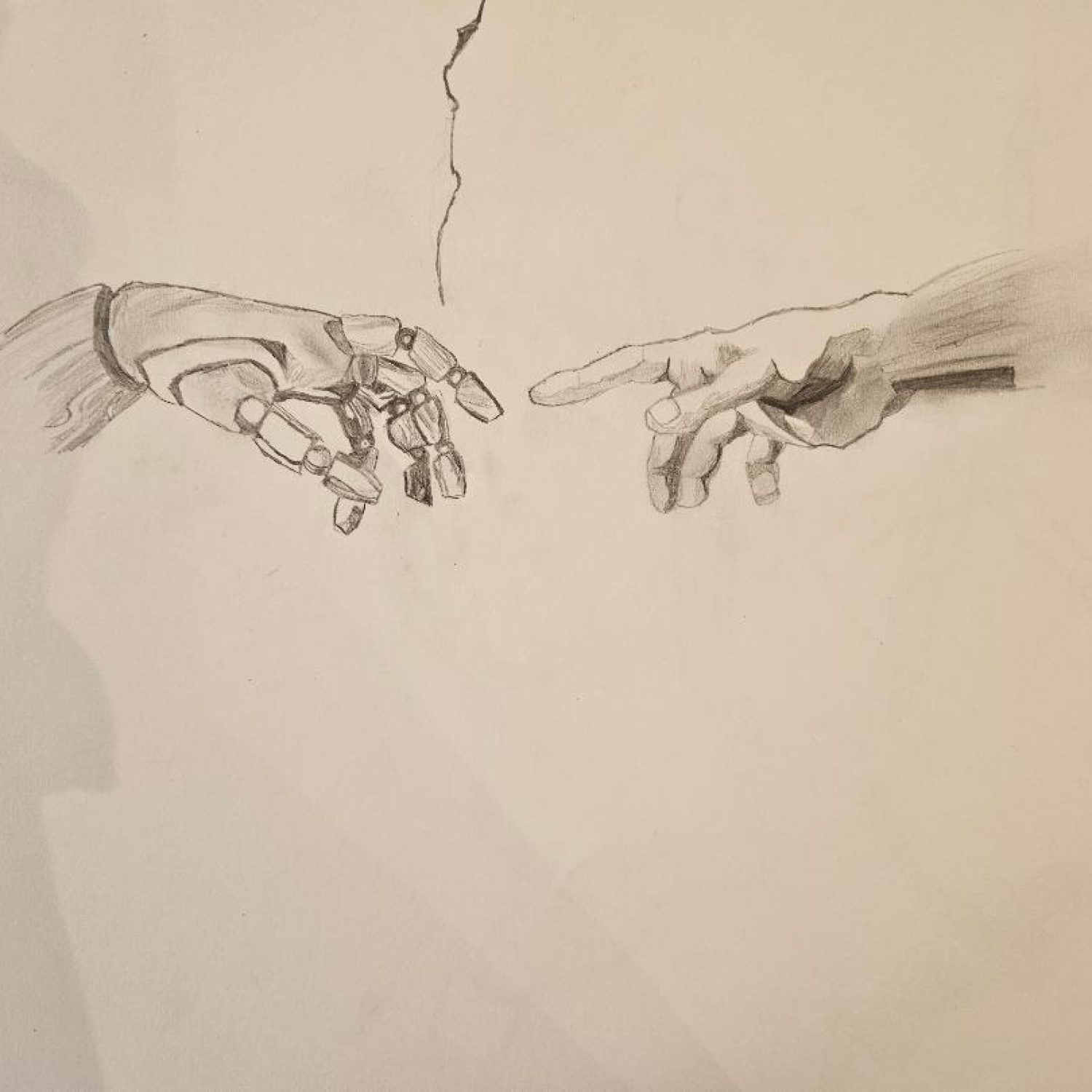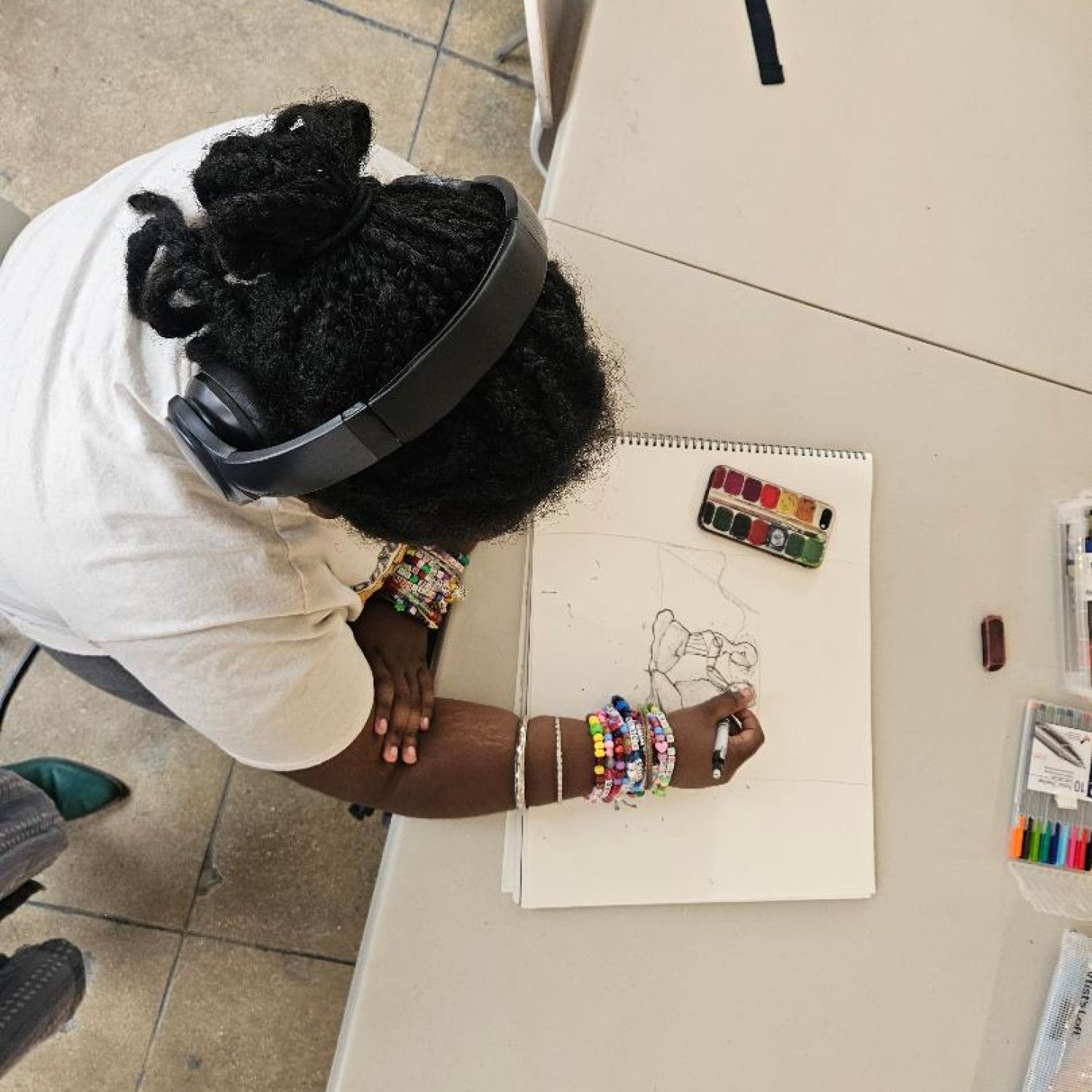Mentoring Young Aspiring Creators; Summer 2023
by Beláxis Buil
Edited by Global English
Art for Progress’ 2023 summer program kicked off on a different note.
This year’s program was designed to mentor young aspiring creatives interested in pursuing a profession in art, fashion design, music, or film. But what made 2023 so different and special was how the sessions were tailored to help each student achieve individual goals. (In contrast, in 2022 a series of art workshops were offered—such as ceramics, installation art, drawing and watercolor—providing the students with opportunities to explore each medium a bit more, or for the first time.)
So, in 2023, following the first day of orientation at the art department, we began with an introduction to gauge each student’s interest in the arts and how long they have been practicing. Before they began their introduction, I modeled an introduction to help students understand how professional artists customarily introduce themselves to institutions, art galleries, collectors and fellow peers through language and written artist statements. This exercise aimed to situate the student’s mindset into thinking about what is really motivating them to create work and how their work will fit into a broader social conversation.
After the first half of the day, in which students focused deeply on their intentions and why they should think of their practice in terms of words, an array of visual artists such as Kara Walker, Kehinde Wiley, Glexis Novoa, and Roy Lichenstein were exemplified to convey how each of these artists is driven to create work with meaning. Providing examples of artist statements and artworks to the students enabled them to better grasp, visually, the connection between the concept or context behind a work and how those ideas were translated through the use of material.
Over the first week, the visual art students were encouraged to list one to three goals that could be achieved within the six weeks of Art for Progress and implemented in their final portfolio project. Most of the students wanted to improve on their figure drawing techniques and scaling/sizing. Then, each student brainstormed the steps and routines that needed to be put in place to achieve their goals. Having the students determine their goals, consider the time-frame and solidify a routine showed the students their complete autonomy over the creative process and how to hold themselves accountable to produce the work they had committed to. An intensive schedule was created to keep each student on a routine that would allow them to practice drawing techniques and progress over the course of time.
Similarly in the fashion, music and film departments, the mentees worked on their crafts with their mentors.
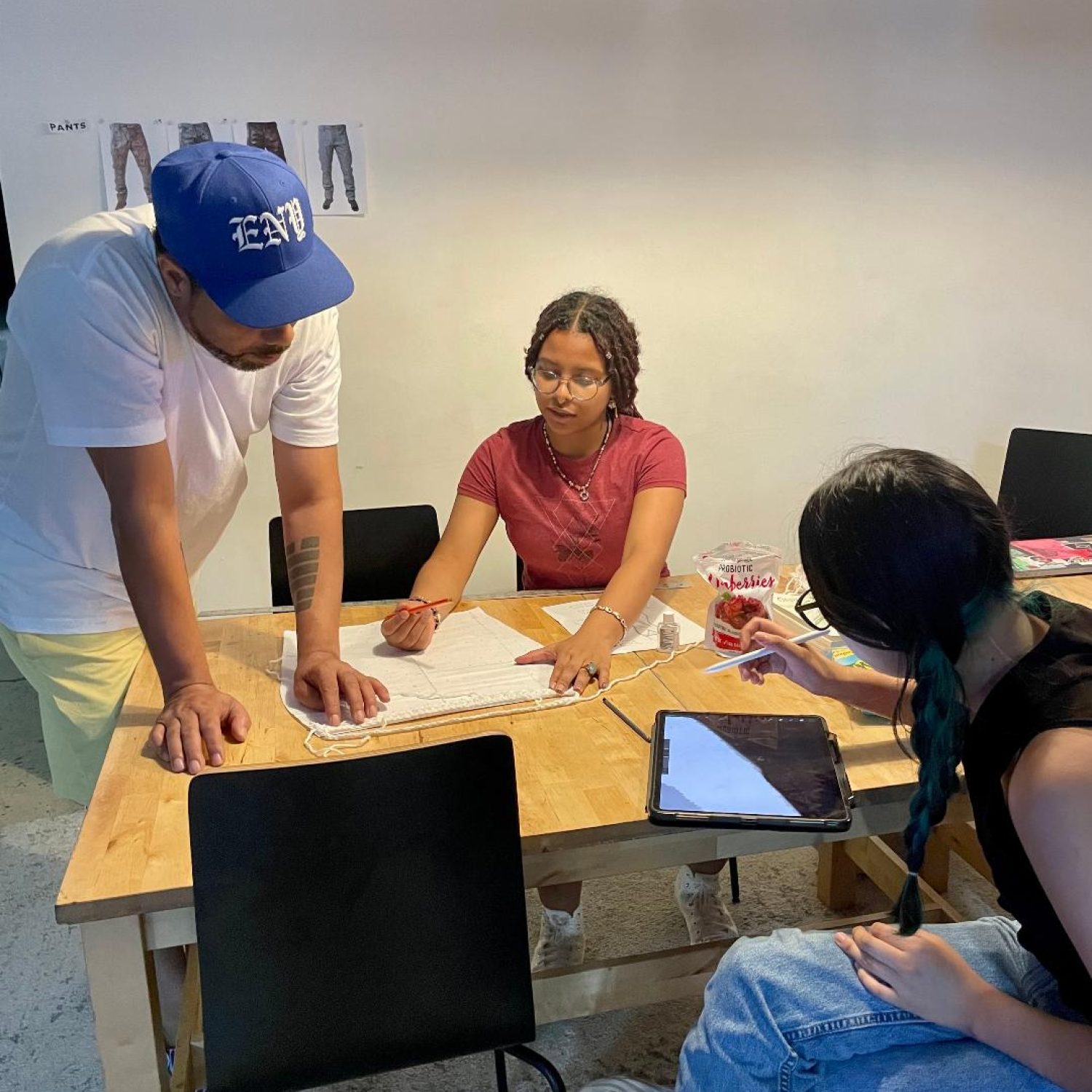
For example, fashion designers Gabriel Padilla, Seven, and Will engaged the students in creating their own brand and fashion logos. Using current technology in the studio for research and development, the students were on a fast track to the creation of their first garment.
While, at the Atelier Studio, Ze Luis introduced students to his process of music/sound and how his compositions are influenced by ideas. The music/sound students incorporated Ze’s fundamental approach into their own creative processes and experimented to create their own compositions. Through this process, the students caught a glimpse of how professional producers and musicians work in real-time.
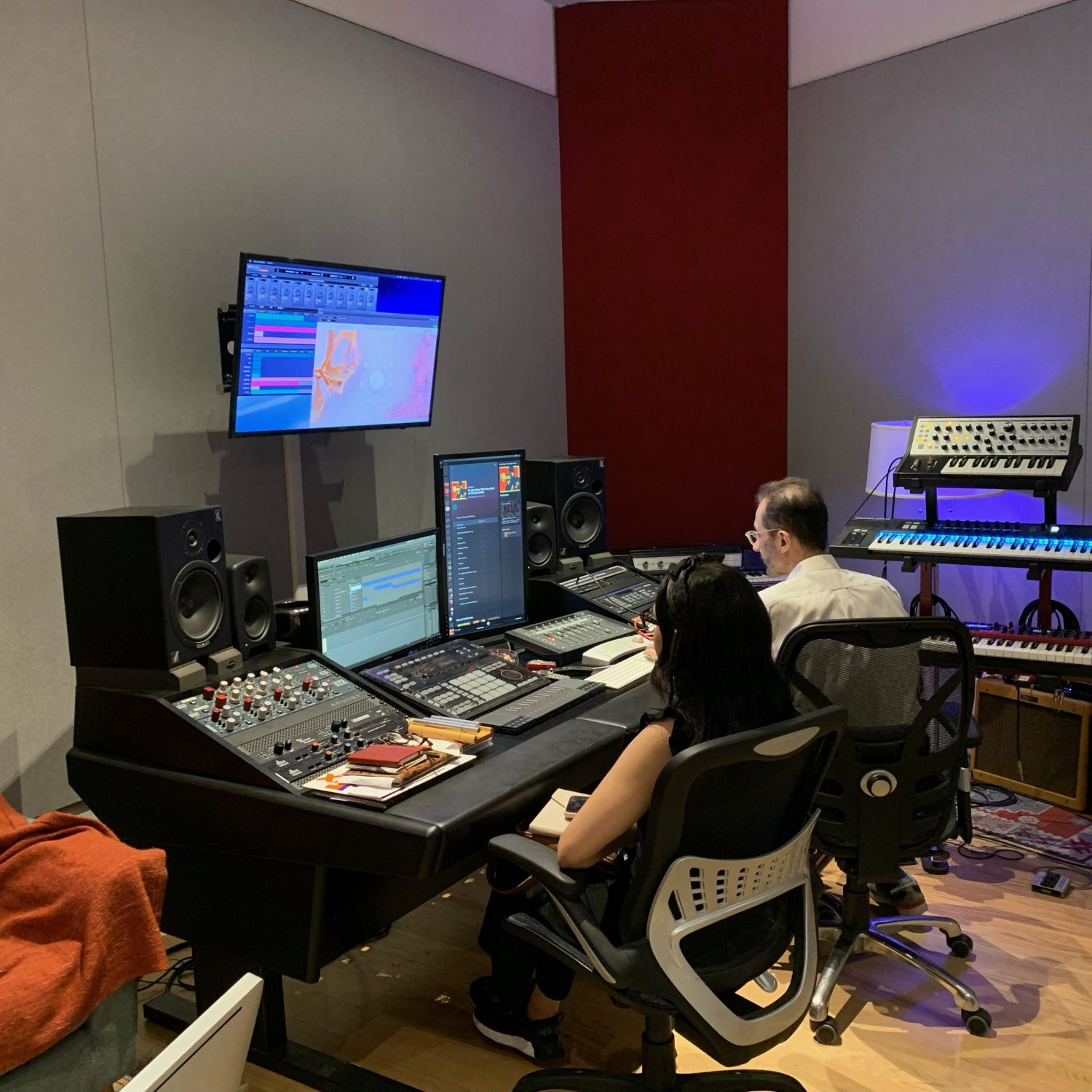
And finally, in the music department, student’s focused on song structure while exploring various music genres such as jazz, rock and progressive music. Improvised-jam sessions were part of the weekly curriculum as well as discussions on band dynamics. A recording project is slowly developing where the music students will get to perform and collaborate with the music production students at the Atelier Studio.
